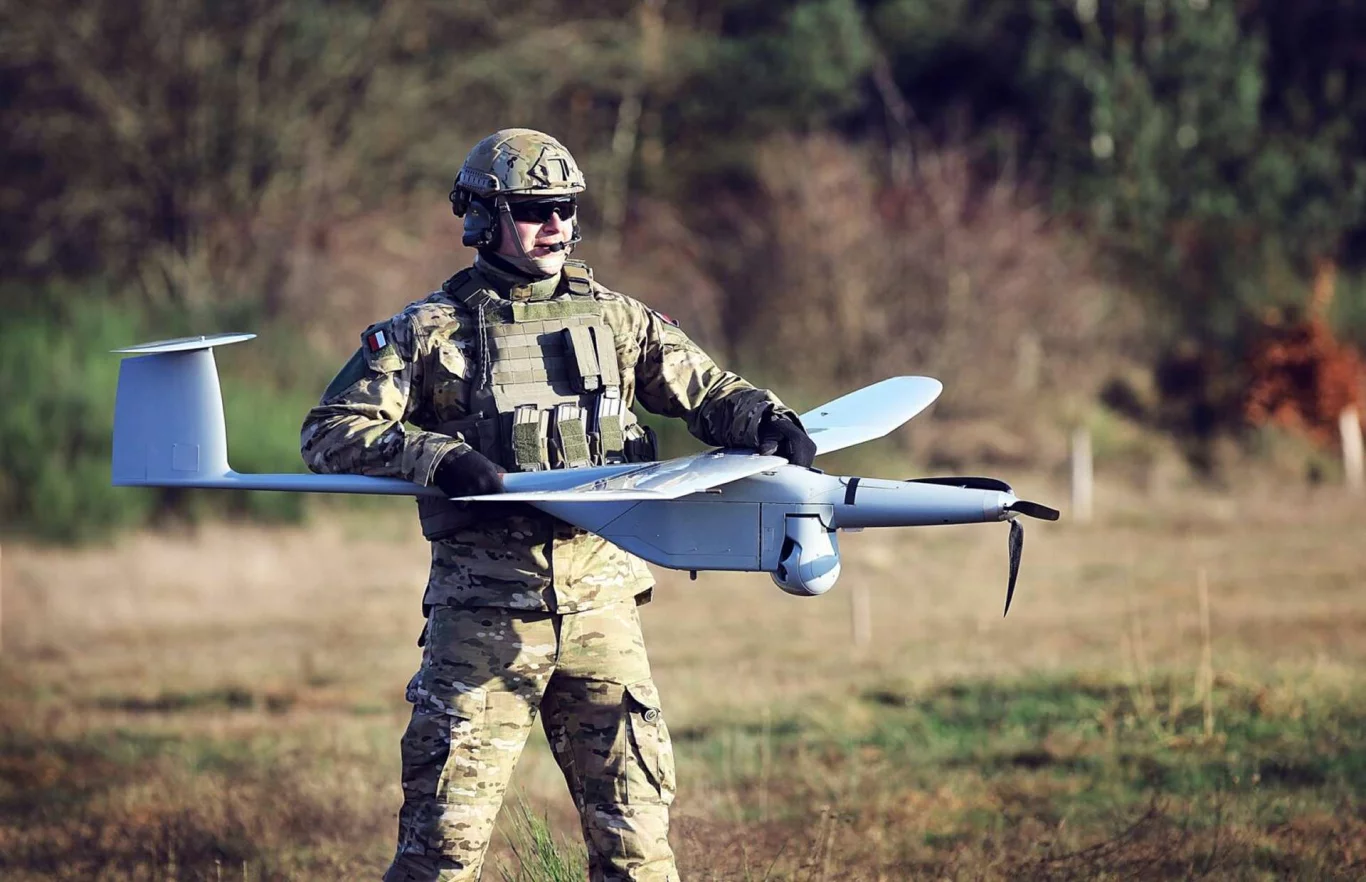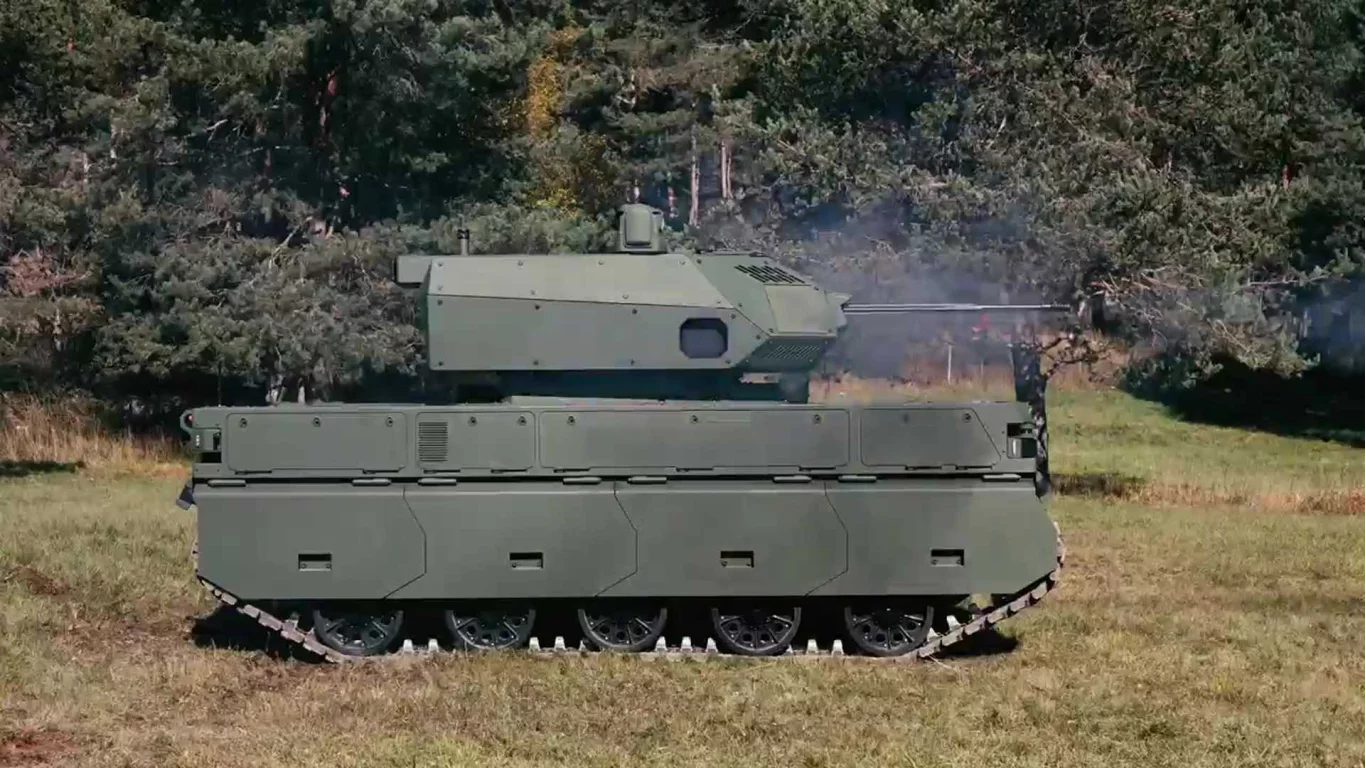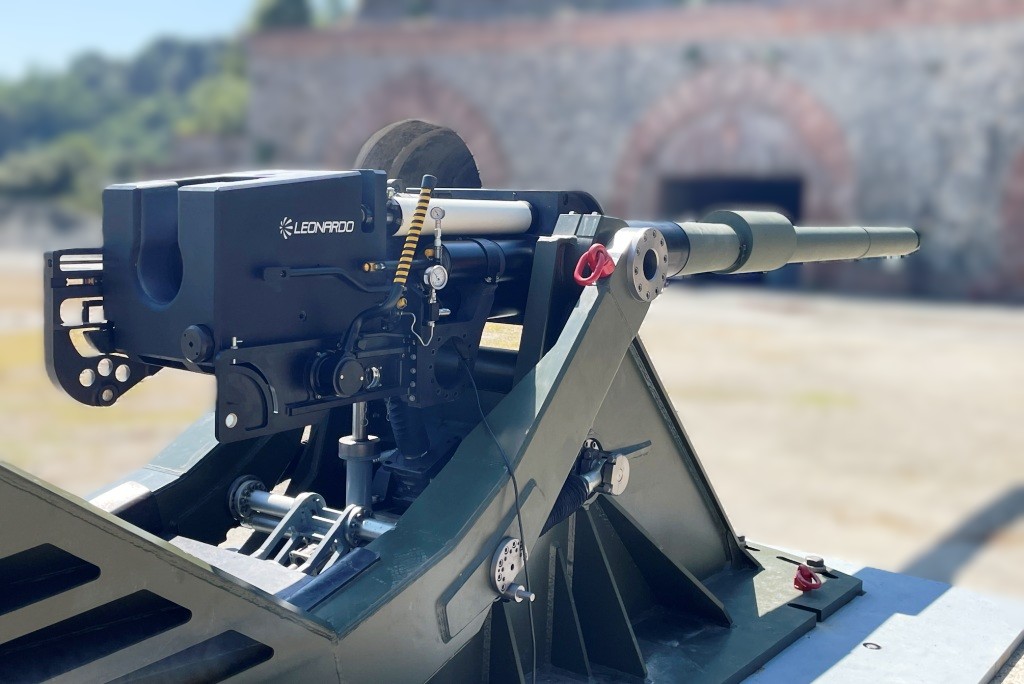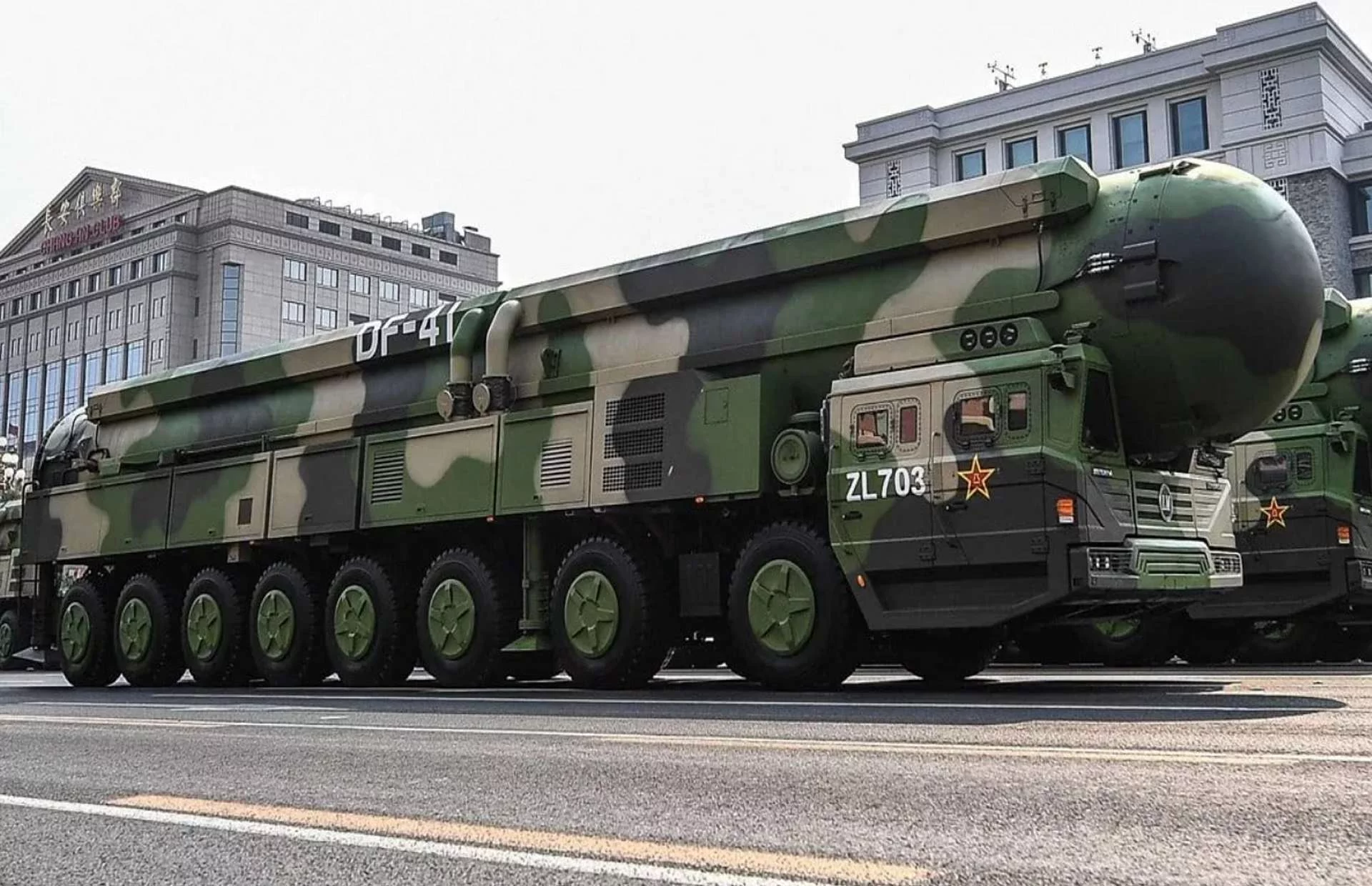In the ever-evolving landscape of modern warfare, the ability to operate effectively even when vital systems are compromised is paramount. Poland, acutely aware of the challenges posed by sophisticated electronic warfare (EW) capabilities, is making a strategic move by significantly expanding its fleet of FlyEye drones. This decision isn’t just about adding more unmanned aerial vehicles (UAVs); it’s about fundamentally enhancing the precision of its artillery units, particularly in scenarios where GPS signals, the bedrock of modern targeting, are actively jammed. This critical investment underscores a commitment to maintaining a decisive edge on a contested battlefield.
The proliferation of electronic warfare, particularly GPS jamming, has become a defining characteristic of contemporary conflicts. Adversaries are increasingly employing sophisticated systems to disrupt or deny satellite navigation, throwing a wrench into the targeting capabilities of precision-guided munitions and the navigation of ground forces. For artillery, which relies heavily on accurate positional data for effective fire, GPS jamming can render advanced systems virtually blind. This vulnerability has driven militaries worldwide to seek alternative, resilient solutions for reconnaissance and targeting.
Enter the FlyEye drone. This domestically developed Polish UAV has earned a formidable reputation for its robust performance and, crucially, its ability to operate effectively in environments where GPS is degraded or denied. While specific technical details are classified, one can infer that its design likely incorporates:
- Inertial Navigation Systems (INS): Highly accurate INS, often coupled with visual navigation techniques, allows the drone to maintain precise positional awareness even without external GPS signals.
- Advanced Optical and Thermal Sensors: High-resolution cameras and thermal imagers provide clear, actionable intelligence for target identification and battle damage assessment, independent of satellite navigation.
- Secure Data Links: Robust and anti-jamming communication systems ensure that the vital data collected by the drone can be securely transmitted back to artillery units, even under intense EW pressure.
- Autonomous Capabilities: The ability to pre-program flight paths and conduct missions autonomously, reducing reliance on real-time human control which can also be susceptible to jamming.
- Small Signature and Low Observability: Being a smaller platform, it’s inherently harder to detect and track than larger, more conventional aircraft.
Poland’s decision to expand its FlyEye fleet is a clear recognition of the indispensable role these drones play in providing real-time battlefield intelligence, particularly for artillery. For an artillery battery, having a forward observer like the FlyEye that can quickly identify targets, adjust fire, and assess effects, even when traditional navigation is down, is a game-changer. It translates directly into more accurate shelling, reduced ammunition waste, and increased lethality.
The strategic implications are profound. By equipping its artillery with enhanced GPS-independent targeting capabilities, Poland significantly complicates an adversary’s electronic warfare strategy. An enemy might be able to jam GPS, but if Polish artillery can still find its targets with precision thanks to FlyEye, the effectiveness of that jamming is severely diminished. This creates a more resilient fighting force, less susceptible to disruption and more capable of maintaining the initiative.
Furthermore, this expansion highlights Poland’s commitment to modernizing its defense forces with advanced, often indigenously developed, technology. It also signals a broader trend within NATO to adapt to the realities of near-peer competition, where electronic warfare will be a pervasive threat. Sharing lessons learned and operational tactics from FlyEye deployment could also benefit other alliance members facing similar challenges.
The integration of such drones into artillery operations requires not only the hardware but also extensive training and doctrinal adjustments. Polish forces will be honing their skills in utilizing the FlyEye for rapid target acquisition, real-time fire correction, and effective coordination between drone operators and artillery crews. This holistic approach ensures that the technology is fully leveraged to its maximum potential.
In conclusion, Poland’s expansion of its FlyEye drone fleet is a shrewd and strategic investment that addresses a critical vulnerability in modern warfare. By providing its artillery with enhanced precision and resilience in GPS-jammed environments, Poland is not merely upgrading its equipment; it is fundamentally strengthening its ability to operate effectively and decisively on a complex and contested battlefield. This move reinforces Poland’s position as a forward-thinking military power committed to developing cutting-edge solutions for the challenges of tomorrow.




